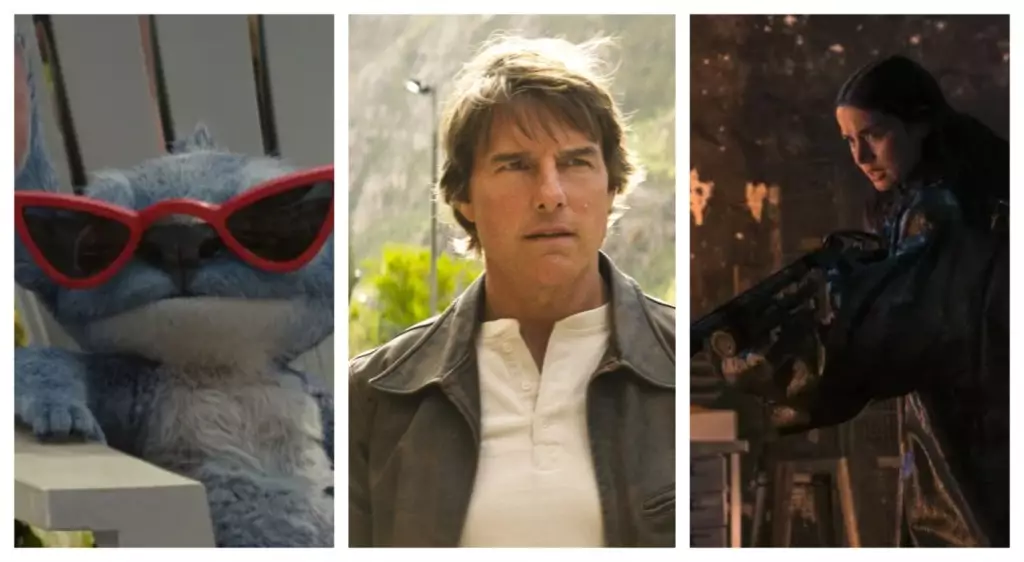Disney’s “Lilo & Stitch” has proven to be not just a nostalgic nod to the past but a contemporary global powerhouse, raking in a remarkable $772.6 million worldwide as it approaches the $800 million milestone. The film’s box office performance exemplifies how well-structured marketing strategies and cross-generational appeal can yield tremendous returns in today’s entertainment landscape. Not only has it solidified its status as the second-highest grossing studio release of the year, but it has also successfully carved a significant niche in both domestic and international markets.
As the film continues to climb the charts, its international box office has accumulated an impressive $436.8 million. Upon analyzing these numbers, one can’t help but marvel at the film’s ability to resonate with audiences across different cultures. Its success in major markets like France, Italy, and Spain, where it is now the highest-grossing film of the year, signals a well-executed strategy that combines universal themes of family and friendship amidst a backdrop of breathtaking animation.
Interestingly, the film’s opening in Japan presents an intriguing case study. Debuting at the No. 1 spot with $4 million, it showcases the increasing potential of animated films to capture the attention of international audiences—countries once predominantly centered on local productions are now embracing Hollywood offerings with open arms.
The Rise and Fall of Action Franchises: Mission: Impossible vs. New Contenders
Simultaneously, we witness the solid performance of “Mission: Impossible – The Final Reckoning,” which has topped the $450 million mark globally. Amid cinematic chases and espionage, this Tom Cruise-led installment seems to find its groove particularly well in China, marking $47.5 million there alone. While it has a strong international appeal, the film’s downturn of 47% in ticket sales this weekend suggests a precarious balancing act for franchise films, where initial excitement can wane just as quickly as it escalated.
The comparison becomes stark when examining Lionsgate’s “Ballerina,” a spinoff from the John Wick franchise. Despite a well-known property and anticipation from audiences, the film stumbled with a global debut of $51 million and fell short of pre-weekend projections. Its performance can be dissected to determine why audiences might be less inclined to embrace this venture compared to established hits. What might have worked brilliantly in the John Wick films may not have the same magic with a lesser-known protagonist.
The Global Box Office Landscape: A Blended Experience
In today’s global box office battleground, there exists a growing trend towards hybrid releases, both in theatrical and digital realms. As films like “Lilo & Stitch” revel in the nostalgia of animated storytelling, franchises like “Mission: Impossible” and “Ballerina” weave intricate webs of action, leaving audiences entertained yet divided. The varying degree of receptions raises essential questions about consumer preferences: Are audiences leaning toward well-loved characters and animations, or do they still thrill at the pulse-pounding energy of action-packed films?
It’s fascinating to note how “Lilo & Stitch” is being perceived as a family-friendly film yet continues to dominate among younger adult demographics as well. This cross-dimensional appreciation could signal a shift in how animated features are marketed, suggesting that nostalgia intertwined with modern nuances can create a robust appeal across age lines.
The international landscape of the film industry is also evolving in response to these trends. Regions previously dominated by local films are opening up to American blockbusters, as evidenced by “Lilo & Stitch” and “Mission: Impossible” dominating international charts with spectacular totals. The result is a much richer, more diverse cinematic experience for viewers around the world.
The Implications for Future Releases
As the dynamics of box office performance continue to evolve, future films must take heed of these trends. While established franchises have proven resilience, they must also innovate to remain relevant. Fresh narratives combined with beloved characters will be essential in catering to both loyal fans and new audiences.
The success of animated features like “Lilo & Stitch” suggests that family-oriented stories that also tap into broader emotional themes can be pivotal in future filmmaking endeavors. This indicates not just a simple win for Disney, but a resonance that other studios can aspire to replicate in their productions.
Examining the landscape reveals a fascinating interplay between nostalgia, innovation, and the perennial pursuit of compelling storytelling in the world of cinema. It’s an exhilarating time for fans and storytellers alike, as boundaries blur and opportunities expand, making the upcoming periods for film an electrifying voyage into uncharted territories.

